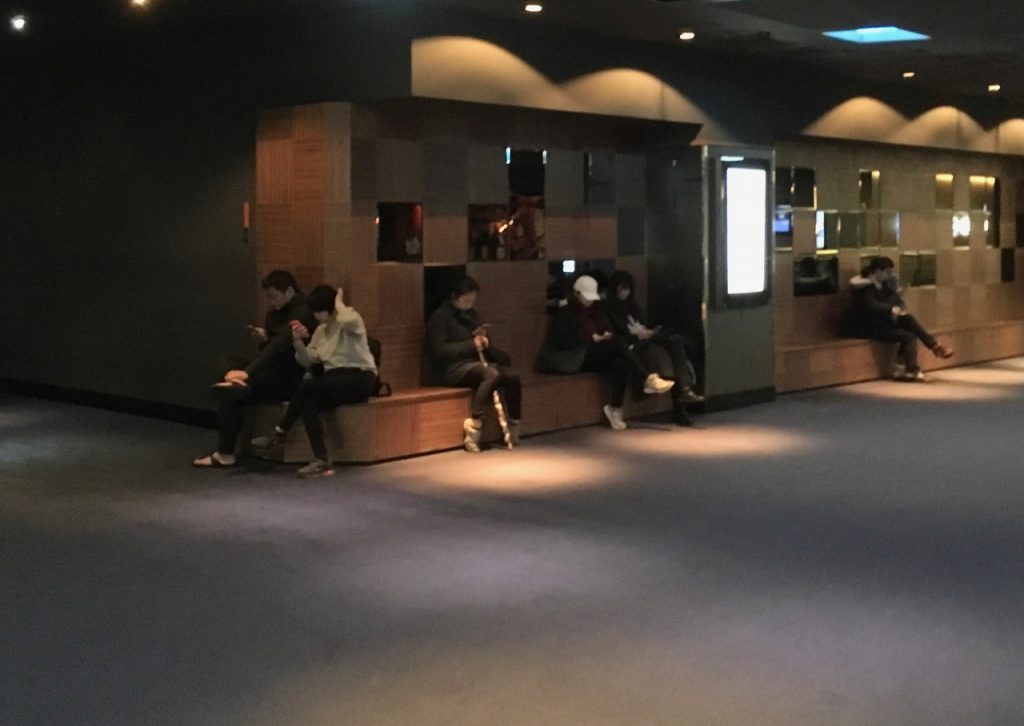I’ve been thinking a lot recently about how I spend my time, or more accurately how I waste it. As I get older I more keenly realize just how much time I have left to devote to the things that have value to me. What return do I get by spending 30+ minutes reading news, blogs, Strava and Facebook over my morning coffee? Other than activating the reward center of my brain, via kudos, hearts or likes, it turns out not much (in the case of news, the stupidity of American politics likely causes a health decline).
The hours I spend running, body weight and weight training everyday, is a wise investment for now and for my future self. But while I wouldn’t attempt to equate the two, the same cannot be said of social media.
I’ve not deleted my accounts but have eliminated most of the time I spend on social sites, Facebook in particular (I still have a lot of automated scripts running that post what I read to twitter).
So why do I still publish a blog? I like owning my data, it’s why I resisted Flicker for so long, and one of the reasons why I self-hosted and spent countless hours learning MovableType in the first place. But that’s not the base reason.
In Contagious: Why Things Catch on, Jonah Berger approaches this question from a product development perspective, in the book he examines what makes a product, idea or behavior more likely to be shared among many people. Roughly he states that sharing certain things makes us look good to others, that we gain a lot of pleasure from sharing, that it can cause us to feel good indirectly – by making us look good. I’m always uncomfortable when I realize that I may follow base human behavior.
Considering that the returning readership to this blog has declined to a handful or less, it’s interesting to consider which of his six key steps that drive people to talk and share I subscribe to:
- Social currency:, It’s all about people talking about things to make themselves look good, rather than bad
- Triggers, which is all about the idea of “top of mind, tip of tongue.” We talk about things that are on the top of our heads.
- Ease for emotion: When we care, we share. The more we care about a piece of information or the more we’re feeling physiologically aroused, the more likely we pass something on.
- Public: When we can see other people doing something, we’re more likely to imitate it.
- Practical value: Basically, it’s the idea of news you can use. We share information to help others, to make them better off.
- Stories, or how we share things that are often wrapped up in stories or narratives.
Knowledge @ Wharton
One or more of these reasons may have been the impetus to start publishing a blog, or personal site, many years ago. There was a tremendous amount of talk after they became popularized about building a professional profile, which may have been some influence as well, but these days it’s as much a habit as anything else. The habit of learning, reflecting, practicing, sharing and teaching should be apart of my professional and non-professional life. So for this excuse I’ll make this my one social media outlet, my echo chamber, where I keep the public data counterpoint to my regular private personal diary writing and Evernote data dump.









